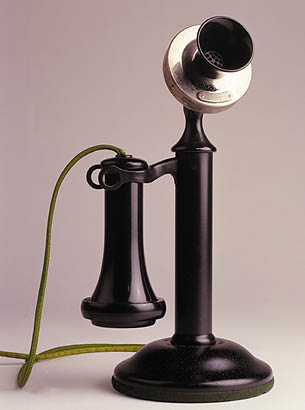 | |
|
100 years ago today Jackie Robinson was born in Cairo, Georgia. On April 15, 1947, he broke baseball's color line went he was sent out start at first base for the Brooklyn Dodgers. As a Dodger, he lived at 5224 Tilden Ave in East Flatbush (now a national historic landmark), and later at 112-40 177th St in Queens.
The Dodgers were founded in Brooklyn in 1883 as the Brooklyn Grays, but by 1895 had acquired the nickname "Trolley Dodgers" after the increasing need for residents of Brooklyn to speed across streets to avoid oncoming trolleys. Not everyone was successful, and news reports of the era are filled with trolley accidents.
For years the team went by many names, including the Brooklyn Bridgegrooms and Hanlon's Superbas and did not officially adopt the Dodgers moniker until 1933.
To get some sense of what trolley dodging was like, watch this film from the early 1900s taken from the front of a trolley making its way around Manhattan.
Robinson spent his entire Major League career with the Dodgers, retiring in January 1957. That year, he took a job as vice president for personnel at Chock Full O' Nuts coffee, becoming the first black person to serve as vice president of a major American corporation.
Robinson died in 1972. His funeral was held at Riverside Church in Morningside Heights. That year, the Dodgers retired his number, 42, and in 1997, all other Major League Baseball teams followed suit, making his number the first to be retired by every team.
* * *
Read more about the evolution of Brooklyn in
Footprints in New York: Tracing the Lives of Four Centuries of New Yorkers
Footprints in New York: Tracing the Lives of Four Centuries of New Yorkers
and don't forget our first book







